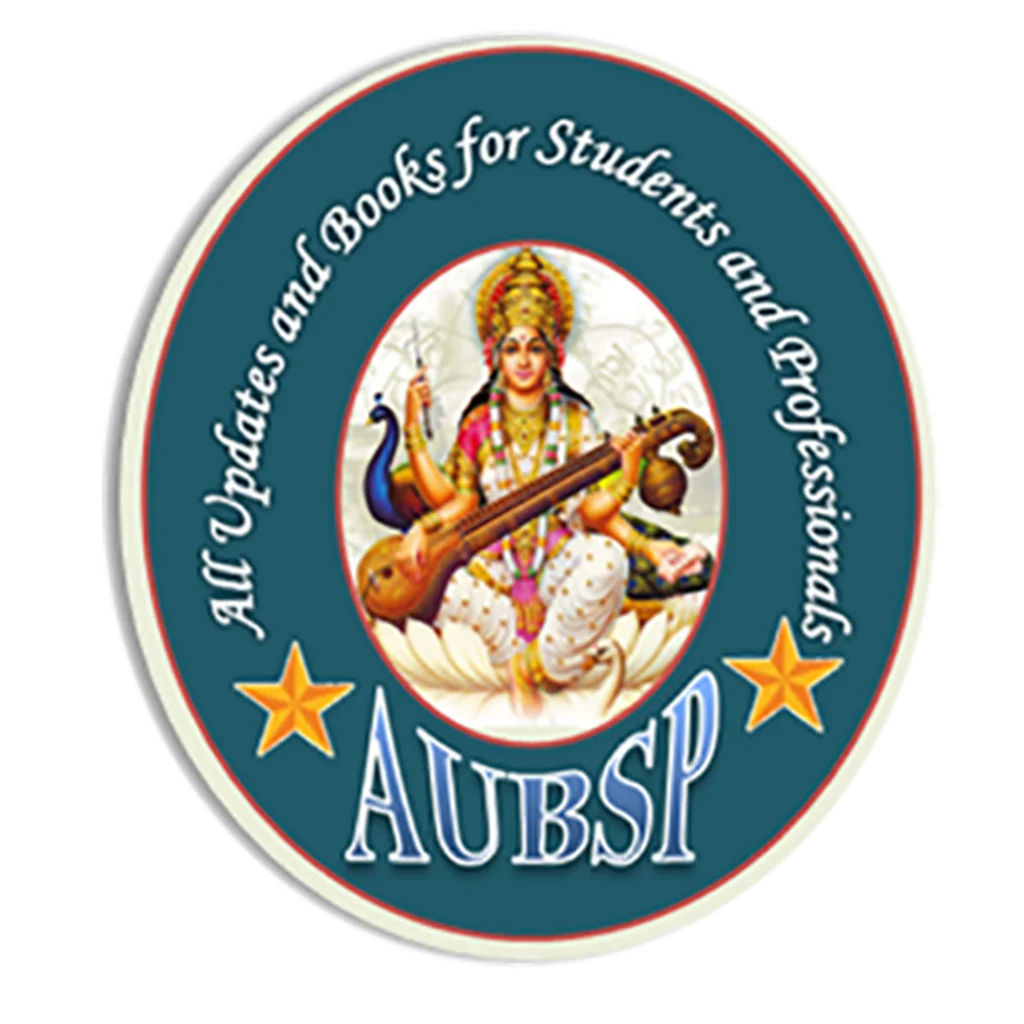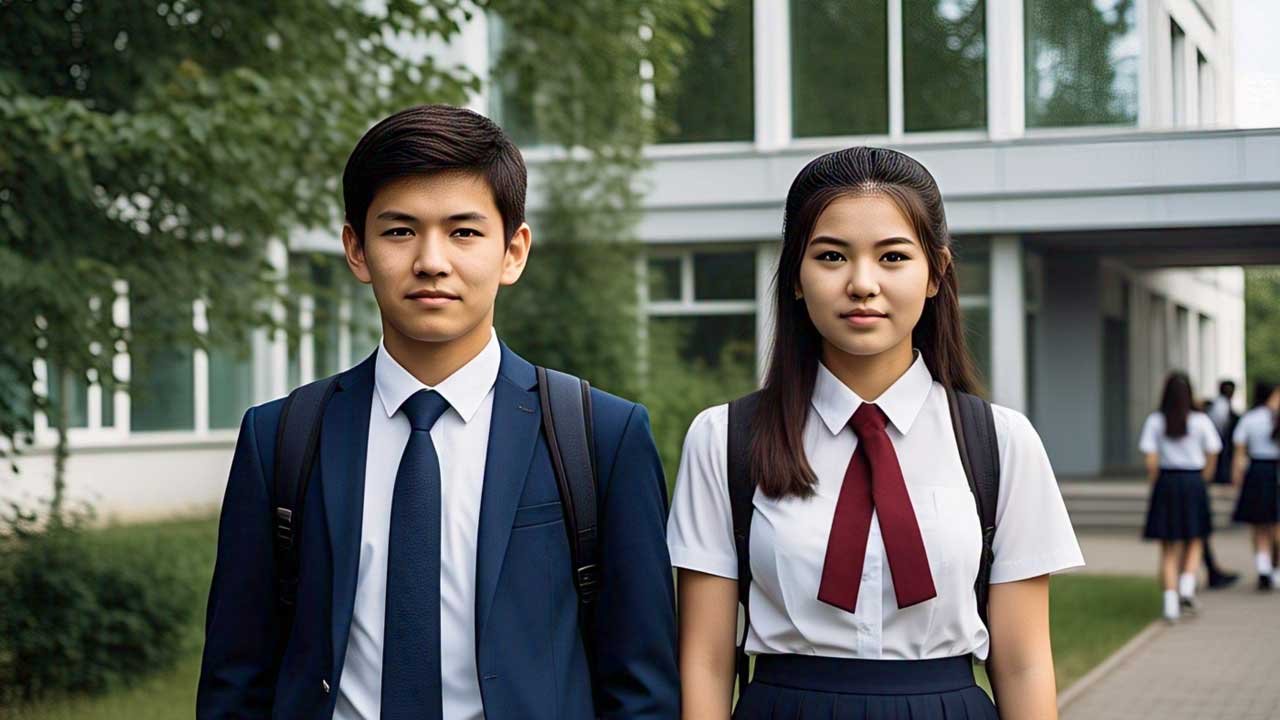Kazakhstan has developed a comprehensive, multi-tiered education system aimed at human capital development, spanning from preschool to higher education. Preschool (ages 3–6) is optional but growing in importance, though actual coverage lags behind official targets. Primary (ages 6–10) and basic secondary education (ages 10–15) are compulsory, with high enrollment and completion rates. Senior secondary education (ages 15–17/18) allows for academic or vocational tracks, preparing students for university or employment.
Technical and vocational education is expanding, with increasing enrollment and state support, addressing labor market needs. Higher education features a broad network of institutions and a growing tertiary enrollment, particularly among women. Despite high literacy rates and significant enrollment achievements, the system faces challenges like quality disparities, outdated methods, digital inequality, and teacher shortages. Kazakhstan continues to implement reforms to improve access, quality, and alignment with economic demands.
Age-Wise Education Levels in Kazakhstan: A Detailed Overview
Kazakhstan, a nation committed to human capital development, has a multi-tiered education system that aims to provide comprehensive learning opportunities from early childhood through advanced academic pursuits. This article delves into the age-wise structure of education in Kazakhstan, incorporating available data to illustrate participation and outcomes.
1. Preschool (Kindergarten)
Age: 3 to 6 years
Details: While optional, preschool education is increasingly common and plays a vital role in early childhood development, focusing on foundational skills and socialization.
Data:
- Gross enrollment rate: In 2017, the gross enrollment rate in preprimary education was 54.12%, with a slight gender parity (54.40% for females and 53.86% for males).
- Government targets: The Ministry of Education of the Republic of Kazakhstan aims to increase the coverage of children aged 2 to 6 with preschool education and training to 95% by 2025.
- Historical context: The “Balapan” program, launched in 2010 and continued in 2014, aimed to increase preschool coverage, with a target of 100% for children aged 5-6 by 2020.
- Challenges: Despite stated figures, the actual coverage of children aged 0-6 in preschool organizations was reported to be around 38.36% in 2021, highlighting a disparity between provided places and total children in the age group. Issues like financing, teacher quality, and an “academization” trend in preschools have been identified.
2. Primary Education
Age: 6 to 10 years (Grades 1–4)
Duration: 4 years
Details: This stage is compulsory and introduces fundamental subjects such as reading, writing, mathematics, and the local languages (Kazakh and/or Russian). The official primary school entrance age has shifted to 6 years as of 2023.
Data:
- Primary school starting age: Officially 6 years as of 2023.
- Enrollment:
- In 2023, primary school enrollment was 100.52% (gross).
- In 2017, the gross enrollment rate in primary education was 107.91% (108.82% for females, 107.05% for males), while the net enrollment rate was 86.24% (86.29% for females, 86.21% for males). Gross enrollment rates exceeding 100% can occur due to the inclusion of over-aged and under-aged students.
- In 2017, approximately 1,356,500 pupils were enrolled in primary education.
- Completion Rate: The primary completion rate in 2023 was 105.61% (gross). In 2017, it was 108.82% (109.42% for females, 108.26% for males).
- Teacher-to-pupil ratio: In 2019, the student-teacher ratio in primary schools was 17.21 students per teacher.
3. Basic Secondary Education
Age: 10 to 15 years (Grades 5–9)
Duration: 5 years
Details: This stage is also compulsory, broadening the curriculum to include sciences, history, and foreign languages, providing a more comprehensive educational foundation.
Data:
- Enrollment: Secondary school enrollment (which includes basic and senior secondary) was 97.19% (gross) in 2023.
- Completion Rate: In 2017, the lower secondary completion rate was 109.74% (110.83% for females, 108.71% for males).
- Transition: The student transition rate from primary to secondary school was 99% in 2017.
4. Senior Secondary Education
Age: 15 to 17/18 years (Grades 10–11/12)
Duration: 2–3 years
Details: Students at this level can choose between academic tracks for general education or vocational tracks for technical and professional training. Completion of senior secondary education (11 or 12 grades) is a prerequisite for university entrance.
Data:
- Enrollment: As noted, secondary school enrollment (including basic and senior secondary) was 97.19% in 2023. In 2017, the gross enrollment rate for upper secondary was 108.43%.
- Curriculum: Academic programs focus on preparing students for higher education, while vocational tracks provide specialized skills for various trades and professions.
5. Technical and Vocational Education (TVE)
Age: Usually 15+ years
Details: Students typically enter vocational schools after completing basic secondary education (Grade 9). These programs, lasting 2-3 years, offer practical training in specific trades or professions.
Data (as of beginning of 2024-2025 academic year):
- Institutions: There were 706 independent TVE organizations and 39 branches in Kazakhstan.
- Total students: 557,021 students were enrolled in TVE programs, with 47.9% being women. This marks a 1.6% increase compared to the 2023-2024 academic year.
- Entry points: 73.6% of TVE students are studying based on basic secondary education (Grade 9 completion), 22.5% on general secondary education, and 3.9% on previous TVE qualifications.
- Study forms: 96.9% study full-time.
- Funding: 68.4% of students are studying under a state educational order (free tuition), while 31.6% receive paid educational services.
- Graduates and employment: In 2024, 158.7 thousand people graduated from TVE, with 58.5% (92.9 thousand) employed and 16.1% (25.6 thousand) continuing their studies at higher educational institutions or colleges.
- Teacher numbers: 38,659 teachers and 5,364 industrial trainees are employed in TVE organizations.
6. Higher Education
Age: 17/18+ years
Structure:
- Bachelor’s Degree: 4 years
- Master’s Degree: 1–2 years
- Doctoral (PhD): 3 years
Details: Higher education is provided by universities and institutions, with entry typically requiring completion of senior secondary education or an equivalent qualification.
Data:
Institutions: In 2019, there were 106 universities/institutions (71 private, 35 public).
Enrollment:
- In 2023, tertiary (higher) school enrollment was 56.53% (gross).
- In 2019, approximately 627,000 students were enrolled in higher education, with a tertiary enrollment rate of 50%.
- About 79.5% of students are enrolled in undergraduate programs.
- In 2015, total enrollment was 459,369, with 75.4% full-time, 4.4% evening, and 20.2% part-time. Public higher education accounted for 48.3% of students, private for 50.3%, and foreign HEI affiliates for 1.3%.
Funding: In 2015, 29.3% of students received state-funded grants (free tuition), while 70.7% were self-funded. The state annually allocates around 37,000 higher education grants, with priority given to technical programs.
Gender Parity: In 2017, the Gender Parity Index (GPI) for tertiary school enrollment was 1.26, indicating more female students than male at this level.
Summary Chart
Summary chart of Kazakhstan’s education system:
📘 Age 3–6
Level: Preschool (Optional)
Key Info: 54.12% gross enrollment (2017); 95% target by 2025
📗 Age 6–10
Level: Primary (Grades 1–4, Compulsory)
Key Info: 100.52% gross enrollment (2023); 105.61% completion rate
📘 Age 10–15
Level: Basic Secondary (Grades 5–9, Compulsory)
Key Info: 97.19% secondary enrollment (2023); 109.74% completion rate (2017)
📙 Age 15–17/18
Level: Senior Secondary (Grades 10–11/12)
Key Info: Included in 97.19% secondary enrollment
🔧 Age 15+
Level: Technical & Vocational Education (TVE)
Key Info: 557,021 students (2024–25); 73.6% enter after Grade 9
🎓 Age 17/18+
Level: Higher Education (University)
Key Info: 56.53% tertiary enrollment (2023); 627,000 students (2019); 79.5% in undergrad
📚 Literacy Rates (2020)
- Youth (15–24): 99.9%
- Adult (15+): 99.8%
Literacy Rates
Kazakhstan boasts high literacy rates, demonstrating the effectiveness of its compulsory education system:
- Overall Literacy Rate (age 15+): 99.80% in 2020.
- Youth Literacy Rate (ages 15-24): 99.90% in 2020 (99.90% for females, 100.00% for males).
- Adult Literacy Rate (ages 15+): 99.78% in 2010 (99.74% for females, 99.83% for males).
Challenges and Achievements
Kazakhstan’s education system has made significant strides, particularly in achieving high enrollment and literacy rates. However, challenges persist, including:
- Unequal access to quality education: Disparities exist in infrastructure, resources, and qualified teachers, especially in rural areas.
- Outdated curricula and teaching methods: A focus on rote memorization may hinder the development of critical thinking and problem-solving skills.
- Digital divide: Unequal access to digital infrastructure and literacy skills can impact learning opportunities.
- Shortage of qualified teachers: High turnover, low salaries, and limited professional development contribute to this issue.
- Ensuring basic reading skills: Despite high literacy, PISA results indicate challenges in reading performance, particularly for Kazakh language schools.
Despite these challenges, Kazakhstan is actively working to modernize its education system, with initiatives aimed at increasing preschool coverage, improving teacher quality, and aligning education with labor market demands, particularly in technical and vocational fields. The high rates of enrollment and literacy underscore the country’s commitment to education as a cornerstone of its development.
FAQs on Age-wise Education System in Kazakhstan
What is the structure of Kazakhstan’s education system?
Kazakhstan has a multi-tiered education system that includes preschool, primary, basic secondary, senior secondary, vocational, and higher education levels.
Is preschool education mandatory in Kazakhstan?
No, preschool is optional but strongly encouraged. Efforts are ongoing to increase coverage to 95% by 2025.
At what age do children start primary school in Kazakhstan?
Children typically start primary school at age 6, following a recent policy update in 2023.
How long is primary education in Kazakhstan?
Primary education lasts 4 years, covering grades 1 to 4.
Is secondary education compulsory in Kazakhstan?
Yes, basic secondary education (grades 5 to 9) is compulsory, while senior secondary (grades 10–11/12) is optional but common.
What is the student enrollment rate in primary schools?
The gross enrollment rate for primary education was 100.52% in 2023, indicating near-universal access.
What subjects are taught in primary education?
Subjects include reading, writing, math, and local languages such as Kazakh and Russian.
What is the student-teacher ratio in primary schools?
As of 2019, the ratio was approximately 17.21 students per teacher.
What is the enrollment rate in secondary education?
In 2023, the gross enrollment rate for all secondary education was 97.19%.
What is the transition rate from primary to secondary education?
In 2017, the transition rate was 99%, showing a strong continuation trend.
What options are available after basic secondary education?
Students may choose to pursue senior secondary school or enter technical and vocational education (TVE) programs.
What is technical and vocational education (TVE)?
TVE offers specialized training in trades and professions, typically after grade 9, and lasts 2–3 years.
How many students are enrolled in TVE programs?
As of the 2024–2025 academic year, 557,021 students were enrolled in TVE programs.
Is TVE education free in Kazakhstan?
About 68.4% of TVE students study under a state educational order, meaning they receive free tuition.
What are the employment outcomes for TVE graduates?
In 2024, 58.5% of TVE graduates found employment, while 16.1% continued their education.
What is the structure of higher education in Kazakhstan?
It includes bachelor’s (4 years), master’s (1–2 years), and doctoral (3 years) programs offered by universities and institutions.
How many students are enrolled in higher education?
There were approximately 627,000 students in higher education as of 2019.
What is the gross enrollment rate for tertiary education?
The gross tertiary enrollment rate was 56.53% in 2023.
Is there gender parity in higher education?
Yes, with more females than males enrolled. The Gender Parity Index was 1.26 in 2017.
What is the literacy rate in Kazakhstan?
The overall literacy rate is 99.8%, with youth literacy at 99.9% as of 2020.
What are the main challenges facing Kazakhstan’s education system?
Challenges include unequal access, outdated teaching methods, a digital divide, and a shortage of qualified teachers.
What reforms are being made to improve education in Kazakhstan?
Ongoing reforms aim to expand preschool coverage, enhance teacher quality, modernize curricula, and align education with labor market needs.
How does Kazakhstan support students financially in higher education?
The government offers around 37,000 grants annually, mainly in technical fields. About 29.3% of students receive state-funded education.
What is the role of the ‘Balapan’ program in preschool education?
Launched in 2010, the Balapan program aimed to increase preschool coverage, targeting 100% for 5–6-year-olds by 2020.
What percentage of TVE students are women?
Women make up 47.9% of students in TVE programs as of the 2024–2025 academic year.
Do most TVE students study full-time?
Yes, 96.9% of TVE students study full-time.
How many TVE institutions exist in Kazakhstan?
There are 706 independent TVE organizations and 39 branches.
What is the completion rate for primary education?
In 2023, the gross completion rate was 105.61%, indicating that some students complete at older or younger ages.
How accessible is digital learning in Kazakhstan?
There is a digital divide, particularly affecting rural areas, limiting equal access to digital education resources.
What are the teaching challenges in rural areas?
Rural schools often face shortages of qualified teachers, outdated materials, and underdeveloped infrastructure.
How many teachers work in TVE programs?
There are 38,659 teachers and 5,364 industrial trainees in the TVE system.
What is the government’s target for preschool coverage by 2025?
The Ministry of Education aims to reach 95% preschool coverage for children aged 2–6.



Leave a Reply
You must be logged in to post a comment.